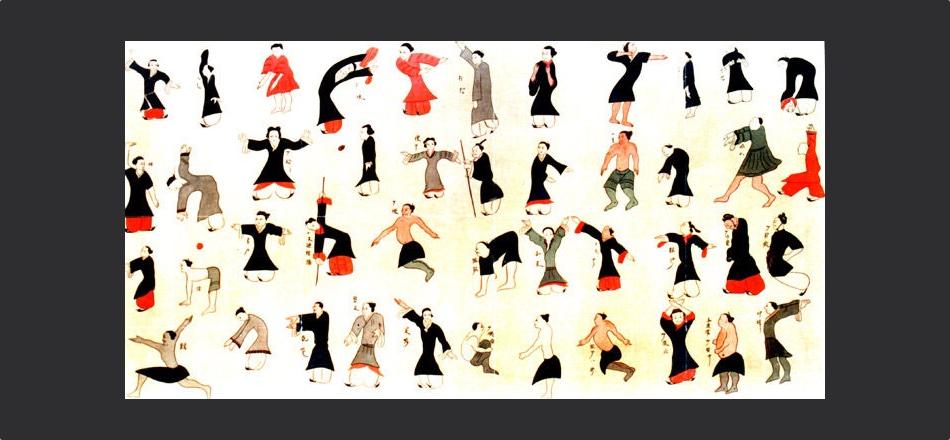Qigong

What is qigong?
A close cousin of tai chi, qigong—pronounced “chee-gong” and loosely translated as “cultivating life force”—is an ancient Chinese healing art that combines gentle, flowing movement, deep breathing, and mental focus. Like tai chi, qigong is rooted in traditional Chinese medicine and philosophy and is practiced with the intention of reaching a state of balance or equilibrium and enhancing overall health.
Qigong is practiced in many different styles and forms involving thousands of different movements. It’s possible to learn qigong on one’s own, though some people find it helpful to attend classes at first. Depending on the instructor, style, or approach, qigong may be easier to learn and practice initially than tai chi, in part because the latter can involve longer and more physically demanding sequences of movements.
For those who are withdrawing from psychiatric drugs and experiencing withdrawal effects, qigong may offer a gentler entry point than tai chi, especially for people learning the practice on their own at home. There are many calming qigong exercises online that are relatively short and uncomplicated. Some qigong exercises calling for minimal physical movement may still require a fair amount of internal energy, given how much focus it can take to be still, especially when in a standing posture (qigong also offers exercises that may be done seated or lying down). Starting slow and gauging the effects of any given qigong exercise by doing it in short intervals before building up to a longer or more regular practice may be helpful.
Where can I find more information?
- Basic web searches can yield opportunities for qigong classes in many cities and for beginner instructional online videos.
-
The American Tai Chi and Qigong Association (ATCQA) is a national nonprofit organization that promotes tai chi and qigong—in any style, lineage, or application.
- The National Center for Complementary and Integrative Health (NCCIH) offers general information, instructional videos and studies related to tai chi and qigong.
